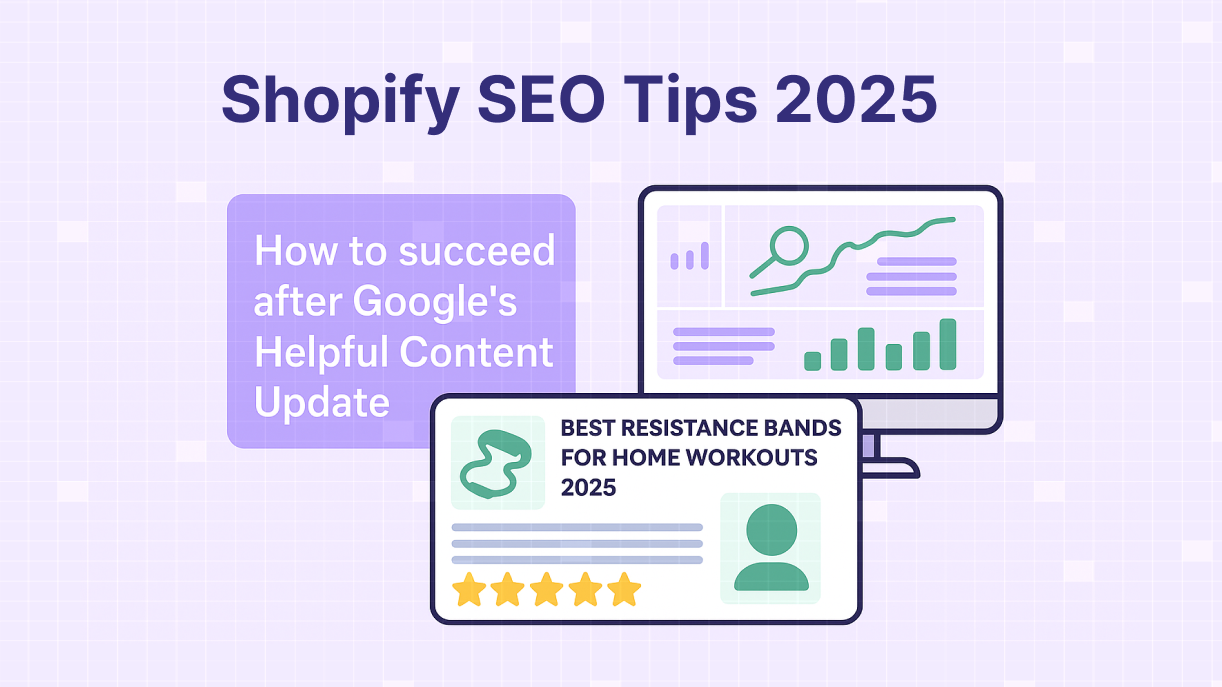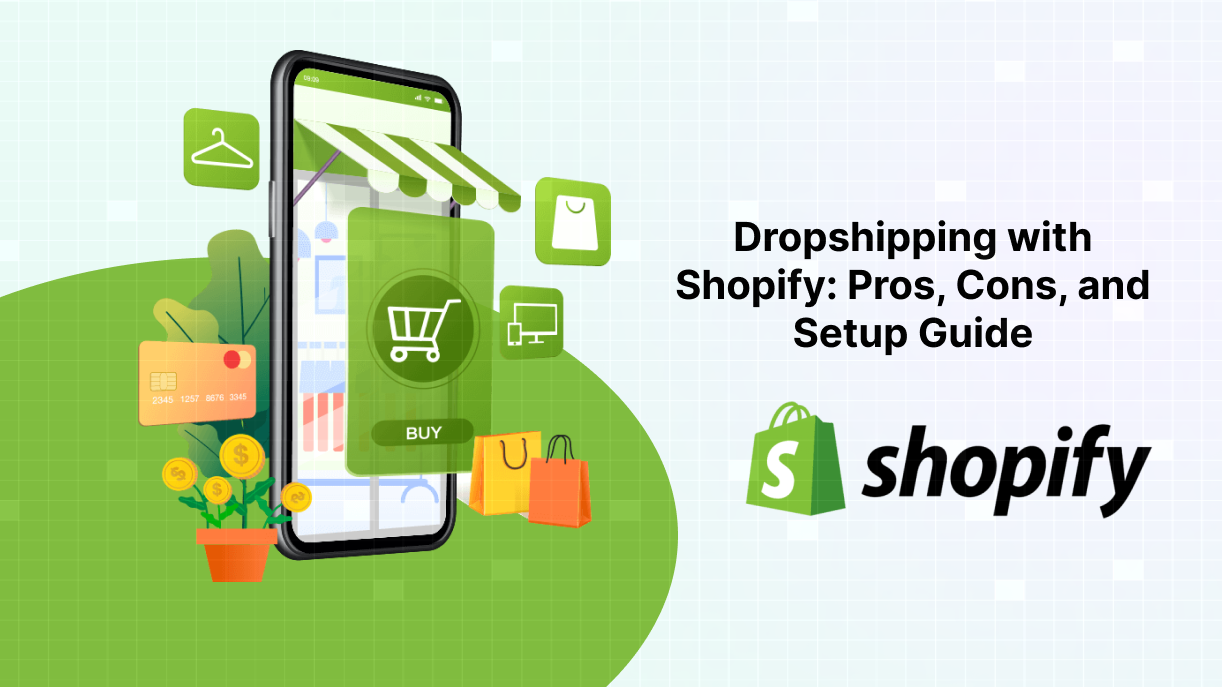
Dropshipping with Shopify: Pros, Cons, and Setup Guide
Dropshipping has surged in popularity as a low-risk way to enter the e-commerce market, with global sales exceeding $370 billion annually, according to Shopify. This business model allows entrepreneurs to sell products without holding inventory, relying instead on third-party suppliers to fulfill orders.For an in-depth guide directly from the platform, check out Shopify’s official dropshipping tutorial for beginners. Shopify, powering over 4.65 million websites as per [Mobiloud]([invalid url, do not cite]), is a top choice for dropshipping due to its user-friendly interface, robust app ecosystem, and SEO-friendly structure. This Shopify dropshipping guide explores the pros and cons of dropshipping with Shopify, provides a step-by-step setup guide, and explains why it’s a compelling option for beginners and seasoned sellers alike.
What is Dropshipping and Why Choose Shopify?
Dropshipping is a retail method where you, the store owner, don’t keep products in stock. When a customer places an order, you purchase the item from a supplier who ships it directly to the customer. This eliminates the need for warehousing, reducing overhead costs and financial risk. As noted by GemPages, dropshipping’s ease of entry makes it ideal for new entrepreneurs.
Shopify stands out as a preferred platform for dropshipping because of its:
- User-Friendly Design: A drag-and-drop builder simplifies store creation, even for those without technical skills.
- Dropshipping Apps: Tools like Oberlo, Spocket, and Shopify Collective connect you with suppliers worldwide.
- SEO Capabilities: Built-in SEO tools help your store rank higher on search engines.
- Scalability: Plans range from $29 to $299/month, supporting businesses of all sizes.
However, dropshipping with Shopify has both advantages and challenges. Let’s explore these in detail.
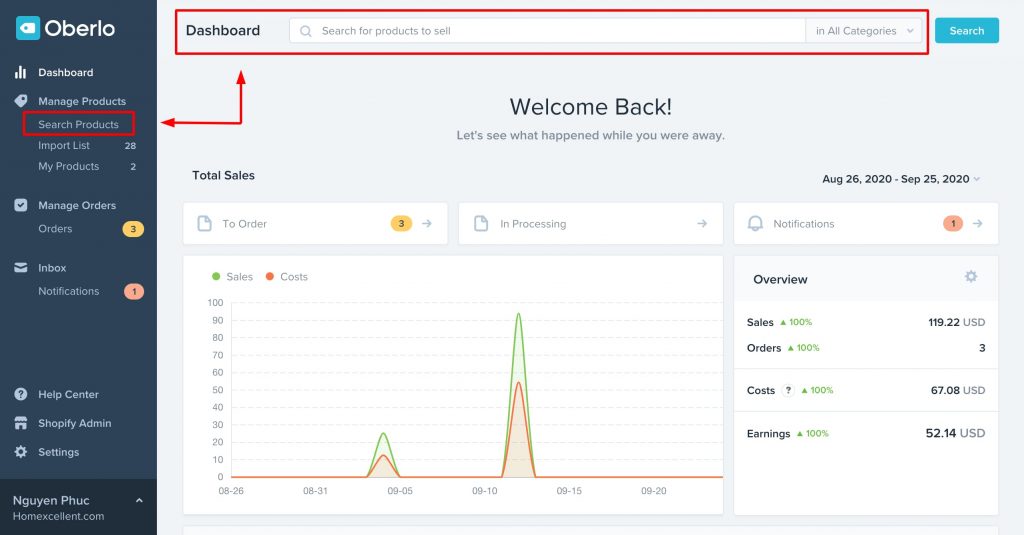
Pros of Dropshipping with Shopify
Dropshipping with Shopify offers several benefits that make it an attractive business model, especially for those starting out.
1. Low Startup Costs
Dropshipping requires minimal upfront investment since you don’t purchase inventory until a sale is made. Shopify’s Basic plan, starting at $29/month, provides all the tools needed to launch a store, making it affordable for beginners. As Shopify notes, this low-risk model allows entrepreneurs to test business ideas without significant financial commitment.
2. No Inventory Management
Suppliers handle inventory storage, packaging, and shipping, freeing you to focus on marketing and customer engagement. This eliminates the need for warehouse space or staff, as highlighted by GemPages.
3. Wide Range of Products
With access to millions of products through platforms like AliExpress, Oberlo, and Spocket, you can offer a diverse catalog without physical stock. This flexibility allows you to cater to various niches, from fashion to tech gadgets, as per Sellbrite.
4. Easy Setup and Management
Shopify’s intuitive interface and dropshipping apps make store setup straightforward. Apps like Oberlo integrate seamlessly, allowing you to import products with a few clicks. Omnisend emphasizes that even inexperienced sellers can start quickly.
5. Flexibility and Scalability
Dropshipping lets you test products without large investments. If a product underperforms, you can switch to another without financial loss. Shopify’s scalable plans support growth, offering features like advanced analytics and multi-channel sales, as noted by Shopify.
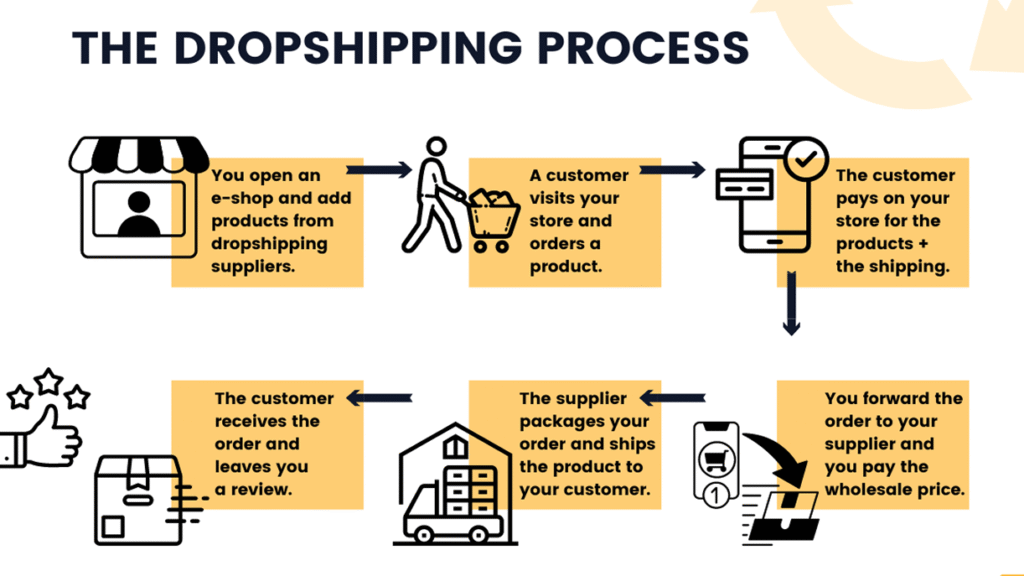
Cons of Dropshipping with Shopify
Despite its advantages, dropshipping with Shopify has challenges that require careful consideration.
1. Limited Control Over Shipping and Customer Service
Since suppliers handle fulfillment, you have less control over shipping times and product quality. Delays or errors can lead to customer dissatisfaction, impacting your store’s reputation, as per BigCommerce.
2. High Competition
The low barrier to entry means many stores sell similar products, making it hard to stand out. Strong branding and marketing are essential to differentiate your store, as noted by Style Factory.
3. Longer Shipping Times
Products from international suppliers, like those on AliExpress, can take weeks to reach customers, leading to potential complaints. Sellbrite suggests using US or EU-based suppliers like Spocket for faster delivery.
4. Lower Profit Margins
Competitive pricing often reduces profit margins, especially when factoring in Shopify fees, app subscriptions, and marketing costs. BigCommerce warns that margins may be as low as 20% or less.
5. Legal and Compliance Challenges
Selling products from various suppliers requires ensuring compliance with local laws, such as product safety and tax regulations. GemPages advises consulting legal professionals to avoid issues.
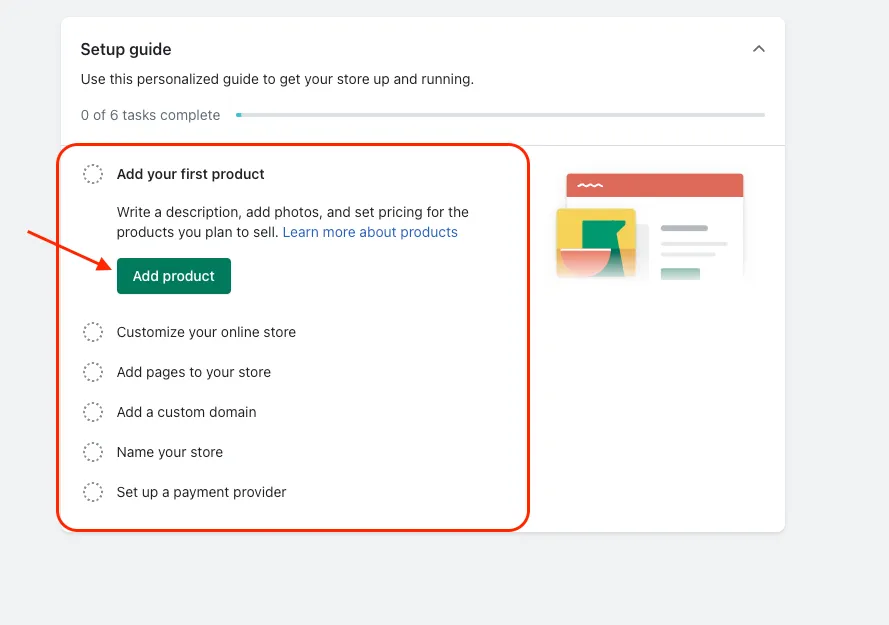
| Pros | Cons |
|---|---|
| Low startup costs | Limited control over shipping |
| No inventory management | High competition |
| Wide range of products | Longer shipping times |
| Easy setup and management | Lower profit margins |
| Flexibility and scalability | Legal and compliance challenges |
How to Set Up a Dropshipping Store on Shopify
Setting up a dropshipping store on Shopify is straightforward with the right approach. Follow these steps to launch your store in 2025, as outlined by Shopify.
- Choose a Profitable Niche
Select a niche with demand but low competition. Use tools like Google Trends or Shopify’s market research tools to identify trending products, such as eco-friendly goods or pet accessories. Analyze competitors to find gaps in the market. - Find Reliable Suppliers
Partner with suppliers on platforms like AliExpress, Oberlo, Spocket, or Shopify Collective. Check supplier reviews, product quality, and shipping times. US or EU-based suppliers, like those on Spocket, offer faster delivery, as per Sellbrite. - Set Up Your Shopify Store
Sign up for a Shopify plan at Shopify. Choose a theme from Shopify’s theme store (free or paid) that aligns with your brand. Customize your store’s design to reflect your niche. - Integrate Dropshipping Apps
Install apps like Oberlo or Spocket from the Shopify App Store to import products and manage orders. Shopify Collective allows you to sell products from other Shopify brands, streamlining fulfillment. - Optimize Product Listings
Create compelling product descriptions with keywords like “eco-friendly yoga mats” for SEO. Use high-quality images and set competitive prices. Learn more about [Shopify SEO optimization]([invalid url, do not cite]). - Configure Payment and Shipping
Set up payment gateways like Shopify Payments or PayPal. Clearly communicate shipping times to customers, using Shopify’s built-in shipping tools or third-party integrations. - Market Your Store
Drive traffic with social media, content marketing, and paid ads. Use Shopify’s marketing tools or apps like Mailchimp for email campaigns. Focus on building a brand to stand out in a competitive market.
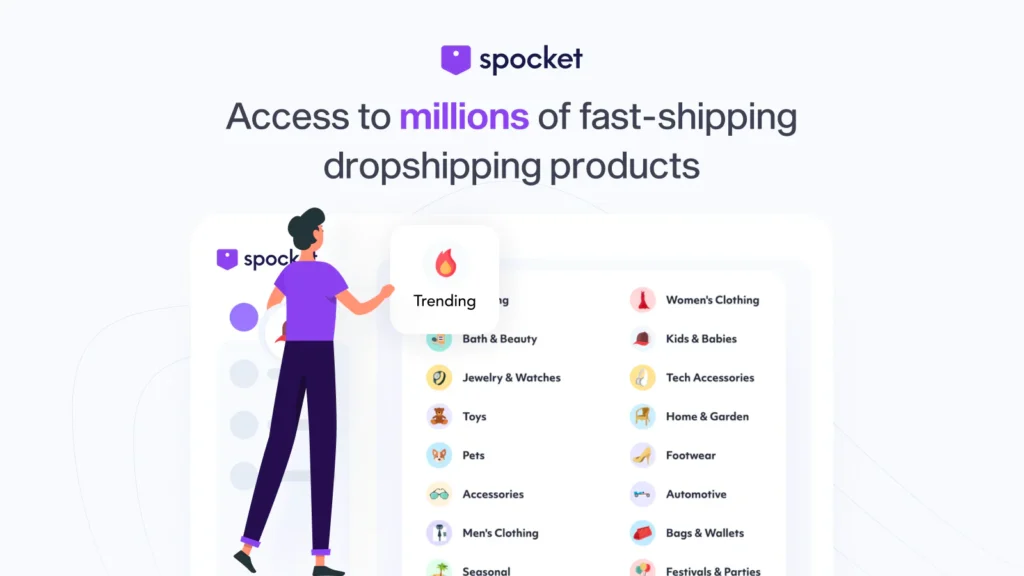
Conclusion
Dropshipping with Shopify offers a low-risk, flexible way to start an e-commerce business. Its benefits, including low startup costs, no inventory management, and access to diverse products, make it ideal for beginners. However, challenges like high competition, longer shipping times, and lower margins require strategic planning. Shopify’s user-friendly platform, dropshipping apps, and scalability make it a top choice for building a successful store. Ready to start? Try Shopify’s free trial and launch your dropshipping business today!
Ready to start and scale your dropshipping business? Visit Boostsy.app for more Shopify tips, tools, and resources to help you succeed.




